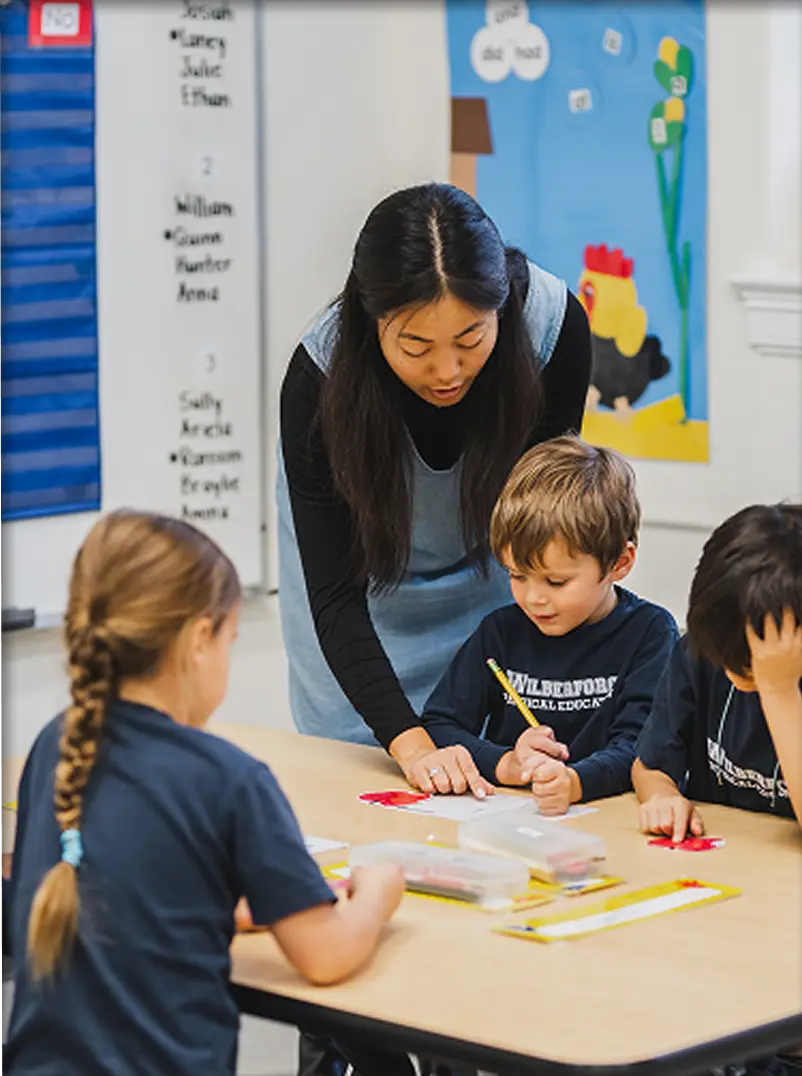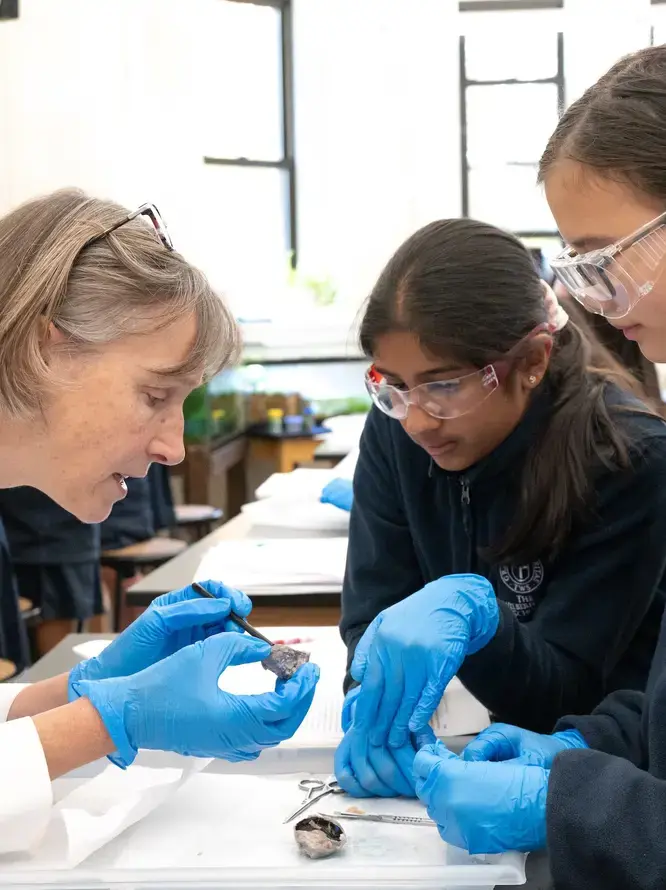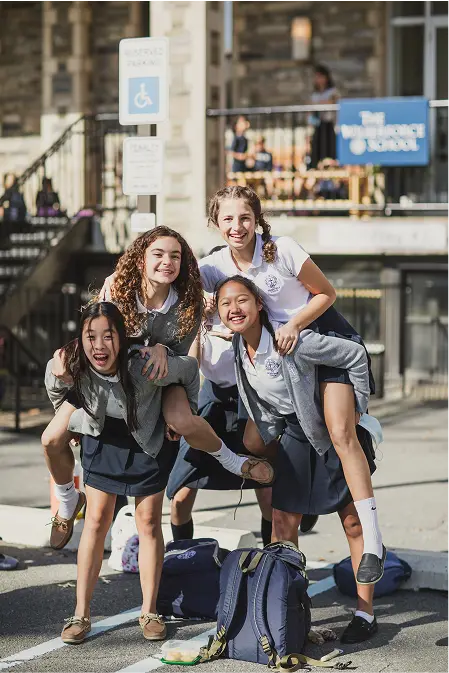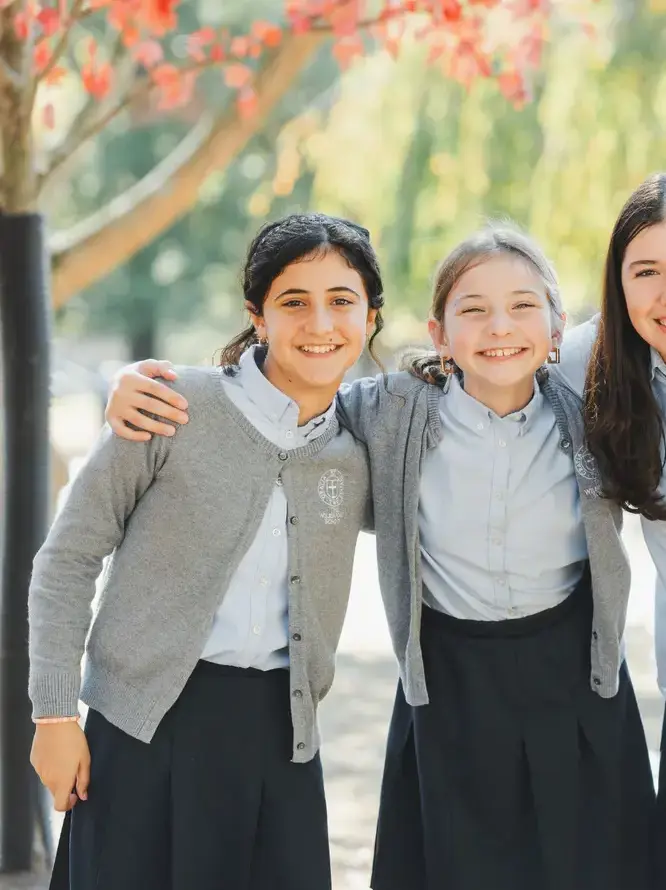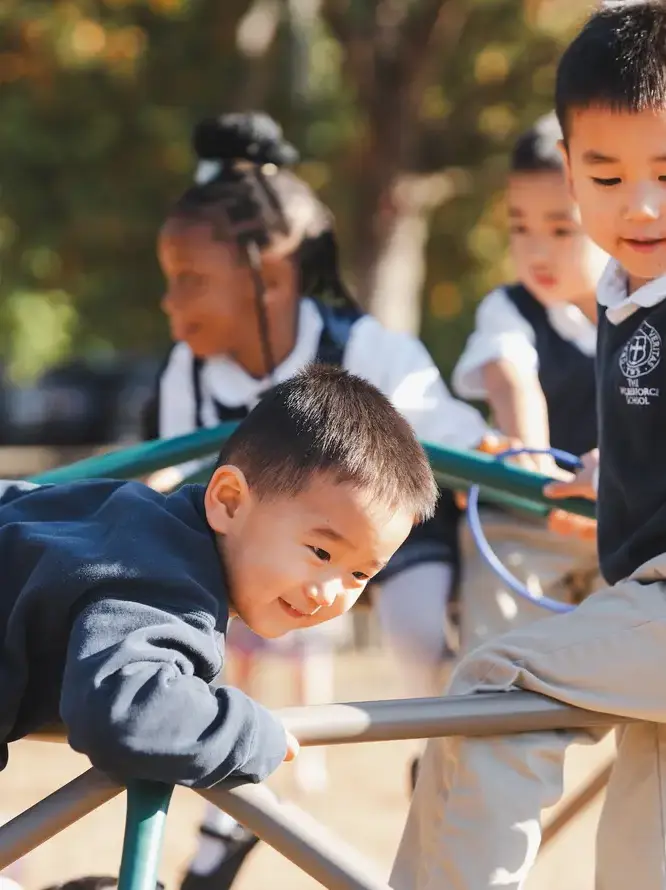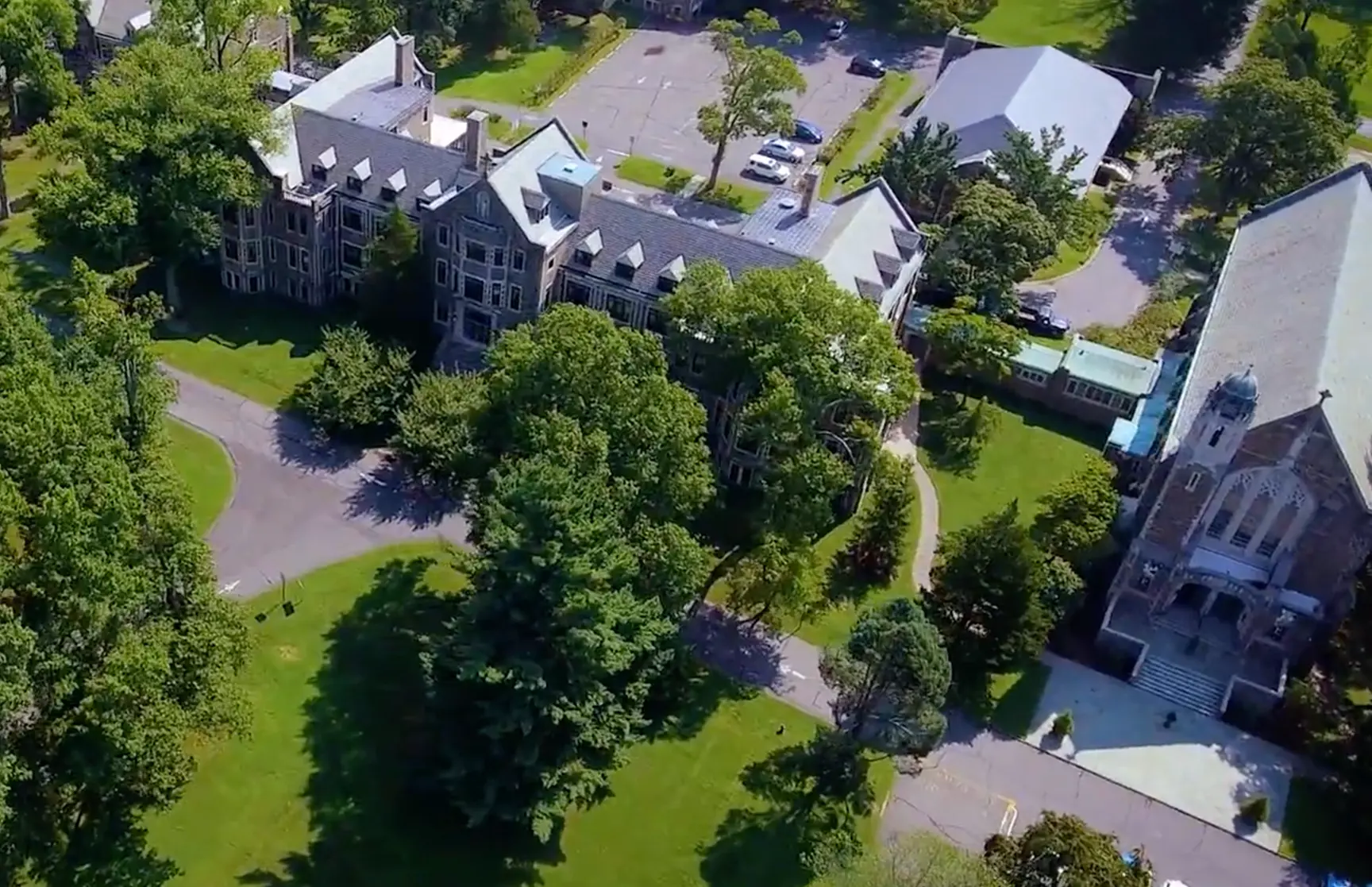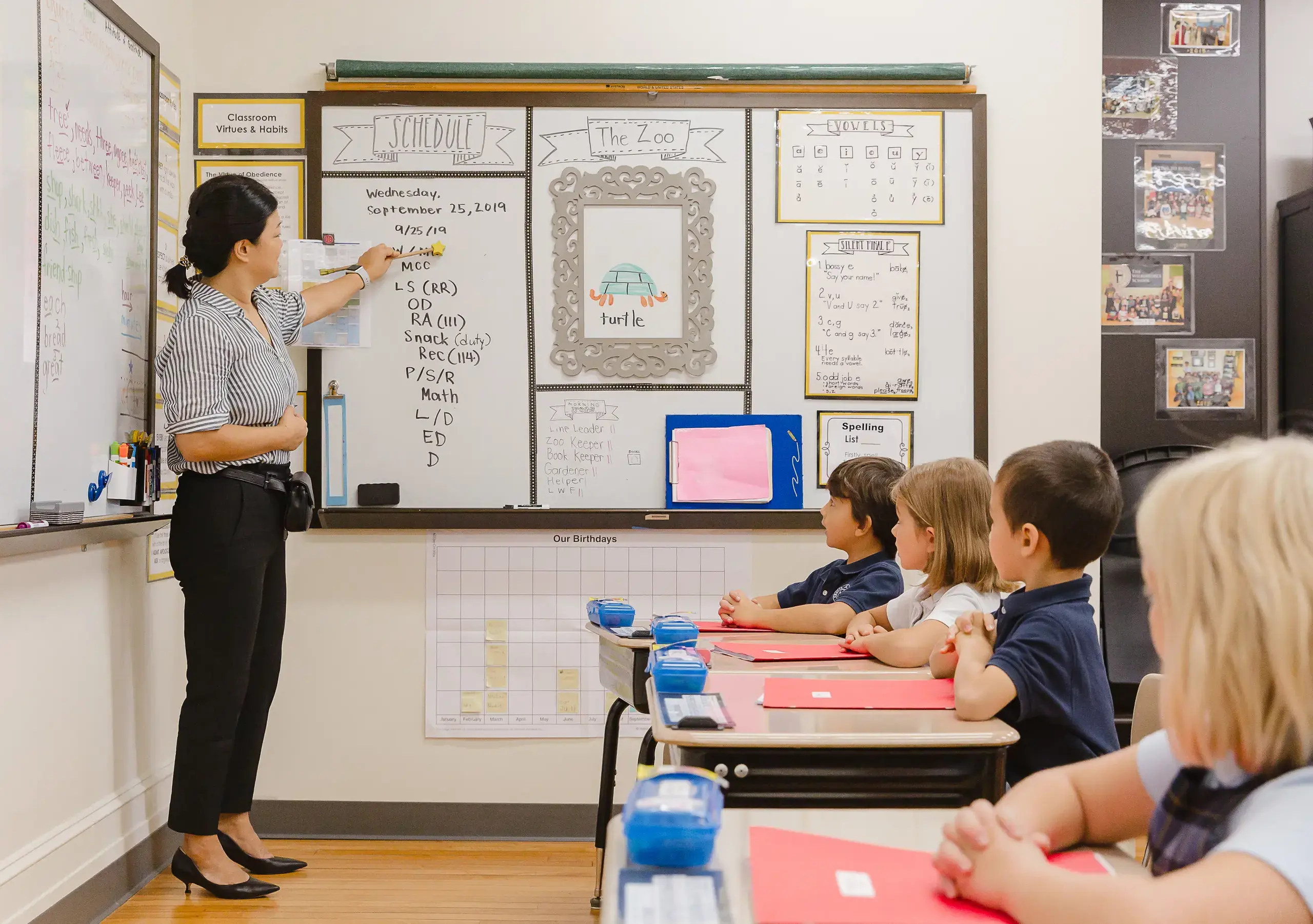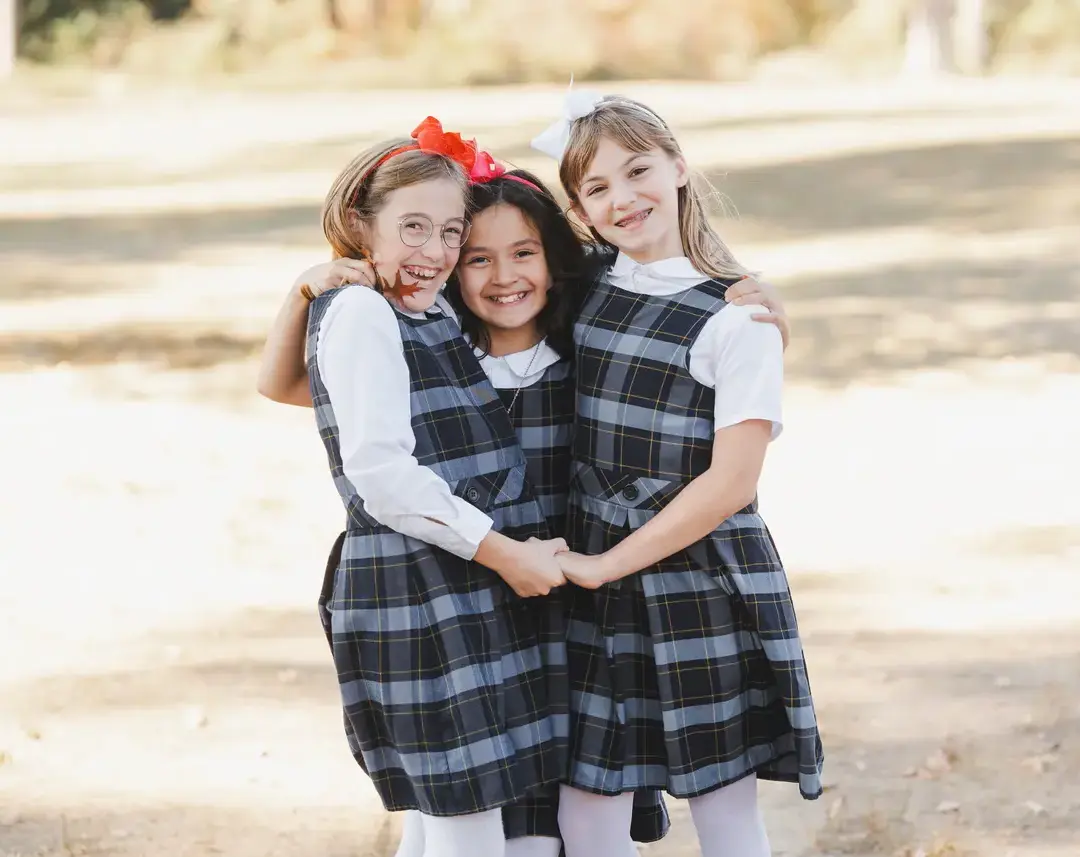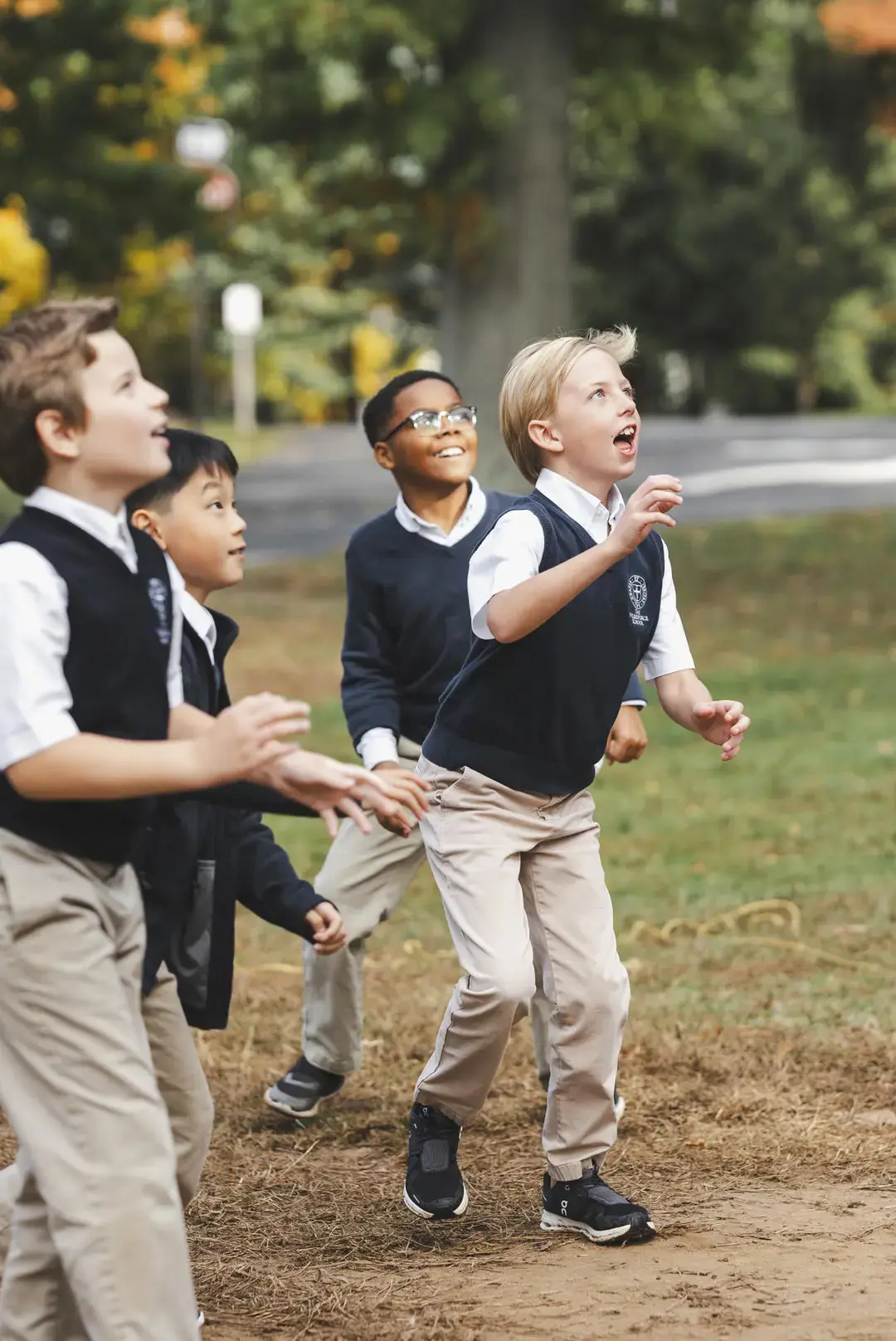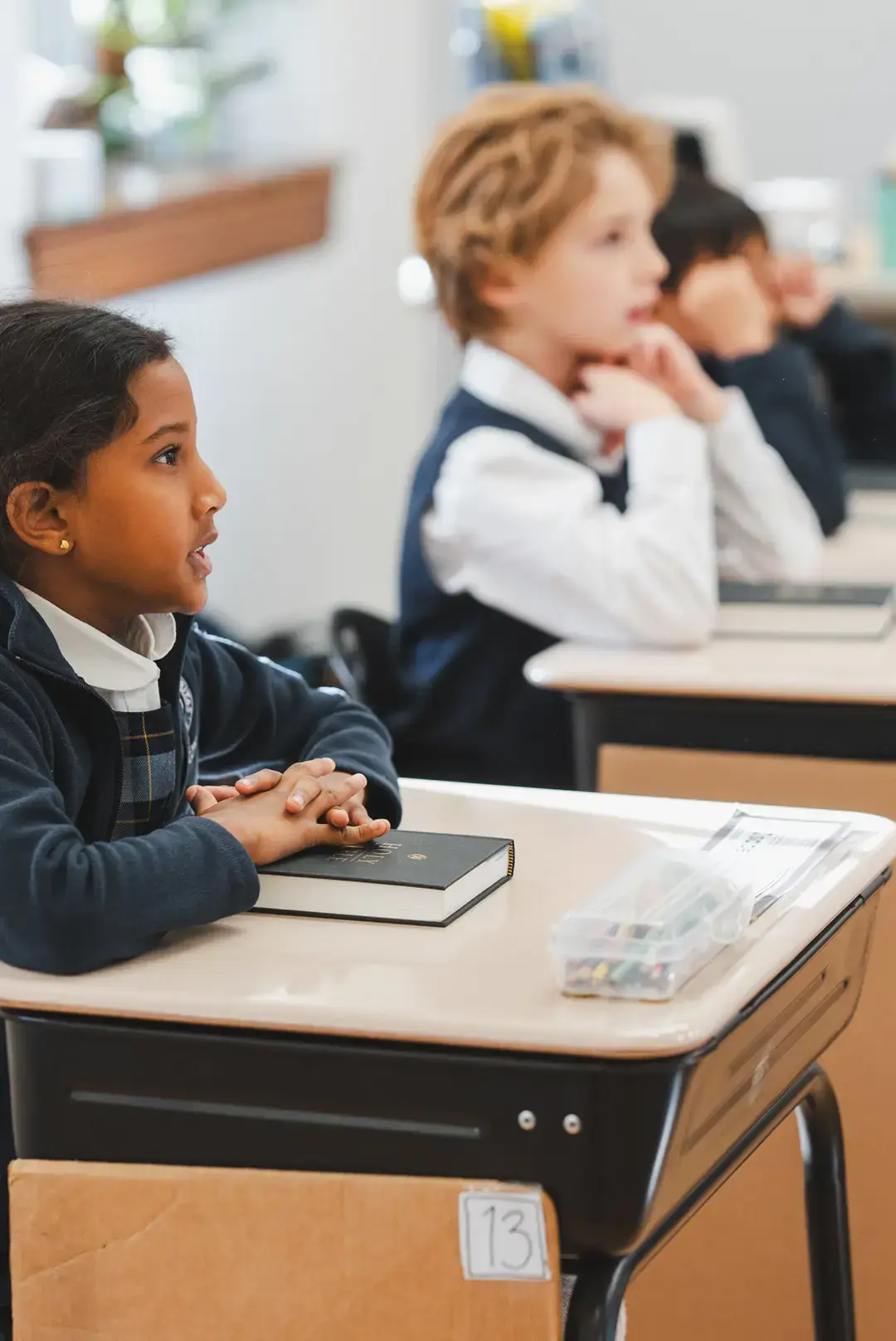LOWER SCHOOL
1st-5th Grades
In the Wilberforce Lower School, we believe in teaching the whole child, growing him or her into a lifelong learner of God's creation.
This occurs through the formation of habits, joyful discovery, and holding students to an attainable and challenging academic standard through living books that have withstood the test of time.
In addition to core academic subjects, all students attend a weekly chapel, daily Bible lessons, art, music, and physical education. Lower School students also have a composer study, a picture study, a poetry study, and a nature study that rotate in topic each trimester. In Class Five, students begin studying Latin.
We encourage students to engage in nature and play creatively. We enjoy nature walks; each classroom has a nature table where students bring in exciting discoveries to share. Students enjoy the outdoors every day, weather permitting. We purposely offer days with limited hours in lower grades. School days gradually increase over the years, allowing more time for younger students to play or to incorporate sports or music without over-scheduling.
When you visit our classrooms, you will see the joy students have in learning, as well as the excellent level of the academics. Our loving teachers engage in heart-to-heart conversations with students who need guidance, pointing to the scriptures and reflecting on the human heart.
Hyme Park
Lower School Head
The classical approach recognizes grammar, logic, and rhetoric as three developmental stages through which all children pass. The Lower School years (preschool through grade five) are the grammar years, a time to master the facts and frameworks of every subject. This factual mastery comes naturally to children in these elementary years. Grammar students are sponges; students readily absorb facts, songs, and ideas.
We take advantage of this penchant by deliberately giving young students high quality material that is worthy of absorbing. This is why the elementary years at Wilberforce teach a curriculum that unites classic, time-honored works of literature, history, art, and music, integrated with a biblical perspective. We realize that these Christian elementary grammar studies will form the foundation on which our students will build the rest of their lives. Children’s affections, habits and relational patterns are also forming during the grammar years. This is the time to cultivate a love for learning, good habits of study, and a pattern of kindness with others.
Curriculum and Culture
Our view of the way children learn is influenced by Charlotte Mason, who pioneered teaching methods that took advantage of a child’s natural curiosity and delight in discovery.
| Discovery of "Living Ideas" |
|---|
| Learning happens when students are invited to a rich feast of great ideas. Students are not empty vessels to be filled with information. They are persons created in the image of God, with a natural affinity for knowledge. Just as the body is nourished with food, the mind is nourished with ideas. Ideas shape what we think and how we act. At Wilberforce, our goal is to provide a wealth of ideas through great books, excellent teaching, and a rich atmosphere. |
| Narration |
| These are the years to equip children with the tools to be great readers. Narration is the practice of giving children a challenging literary text on the subject at hand and having the children tell it back orally or in writing. Narration requires an active engagement of the mind. Through various forms of narration all students are trained to pay attention, to see what the text truly says, and to make this knowledge their own. Narration develops careful and critical reading which results in ownership of the language and ideas in the text. |
| Cultivation of Good Habits |
| We emphasize developing habits of virtue such as kindness, listening and attentiveness, respect, order, and follow-through. Habits in young children not only establish their character but also become their future academic practice. We talk explicitly about these habits and their fruit and incorporate them into daily routines. |
| Words, Words, Words |
| These are the years to equip children with the tools to be great readers. The core of our early reading program is our phonics-based system, and we further develop oral language skills through various “language-eliciting” activities such as narration, picture studies, recitation, and reading aloud living books. Visit the Classical Reader for ideas of great books to read. |
| Mastering Math and Science |
| Students master math facts and concepts through a balance of instruction, practice, and interaction. Through Nature Studies, the classroom literally becomes a “living classroom” as students and teachers collect specimens for examination. As the class observes, questions, and investigates, students learn the scientific method. |
Lower School Subjects
| Nature Studies | |
|---|---|
| We share Charlotte Mason’s conviction that contemplative study and exploration of God’s creation should not be dull or tedious but full of life and delightful discovery, for God has given us the natural world for our enjoyment. As part of Nature Studies, students select an object from the outdoors to observe carefully. They record their observations by sketching or painting what they see in their Nature Study Journals. The goal of Nature Studies is to train students to observe thoughtfully and engage the world around them. | |
| Phonograms | |
|
One foundation of our reading curriculum in the Lower School is the phonogram system. The quickest, most natural way to learn to spell, write, and read is to learn phonograms. Mastering this phonogram "code" saves children from guessing and prepares them to logically read and write. A phonogram is a letter or combination of letters that represent a sound. We learn all the sounds a phonogram makes, in the order of their frequency occurring in English words. Our phonogram system is derived from the Orton-Gillingham system. We learn the 74 most common phonograms that occur in English words. The goal for children is both to be able to instantly say the sound of a phonogram they see and be able to write a phonogram they hear. Being able to fluently say and write phonograms thoroughly equips children to read and spell basic words. As children progress through their early years at Wilberforce, they will also learn corresponding spelling rules that help them apply their phonogram knowledge to increasingly difficult words. In Explorers 1 (pre-school), students begin learning the first 26 phonograms (which correlate to the 26 letters of the alphabet). Phonograms continue through Class Four, as students learn about language coding in a reading-intensive curriculum. |
|
| History and Geography | |
| In the grammar years at Wilberforce, history is read and narrated rather than merely studied. Students read aloud rich stories, and they discover beginning biographies about inspirational men and women from the past. We begin with the exploration and settlement of America, which affords a rich body of literature that is accessible to early readers. Then students begin a cycle of Ancient, Middle Ages, Renaissance and Reformation, and Modern History, which takes them into Middle School. With timelines and maps in every room, as well as formal geography texts, students learn to place the events and characters of history in context of space and time. | |
| Latin | |
| Latin instruction begins in Class Five. The students’ love for memorization and chants makes this an ideal time to learn vocabulary and grammatical forms, which equip them to understand the structure of any language, and open the way for more lengthy translations in later years. | |
| Fine Arts | |
| As a classical school, our curriculum highly values the arts. The Fine Arts curriculum balances art and music history and the development of technical skills. The students learn from master works and progress through observation, evaluation, and imitation of these works. Drama is woven throughout the curriculum through in-class plays and presentations drawn from our literature or history readings. | |
| Physical Education | |
| Students develop gross motor skills using a combination of calisthenics, games, and exercises. Group competitions teach sportsmanship while engendering camaraderie. In addition to these lessons, they learn principles of personal wellness and establish patterns to encourage a lifetime of physical health. | |
| Bible, Hymns, and Chapel | |
| Students read through the Bible, both in class and at home, on a four-year schedule, giving them broad familiarity with the whole of Scripture. By learning the “hymn of the month,” students gain rich musical and lyrical history of Christian devotion. Weekly chapels cultivate devotion and biblical thinking. |
Schedule
Classroom Hours
Classes 1-5 meet Monday through Friday, 8:10am to 3:05pm.
Class 1 and 2 Optional Afternoons
Monday, Wednesday, and Friday half-day option:
Class 1 and 2 students have the option to go home at 12:30pm on Monday, Wednesday, and Friday. This allows more time during these younger years for play or to incorporate sports or music without over-scheduling. No core activities take place during MWF afternoons. Students who stay for MWF afternoons eat lunch together and then enjoy nature walks, read aloud time, silent reading, handwork, dramatic arts, and music. They also have time to do their homework. Students enjoy having more informal time together and more time to do some of their favorite activities.
After School Activities
For information on after school clubs, please see the After School section of this website.

